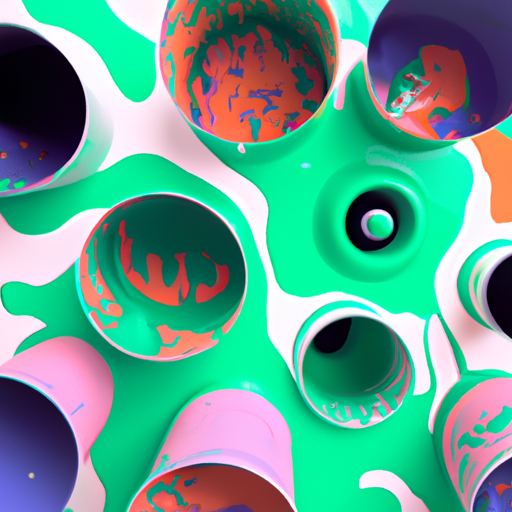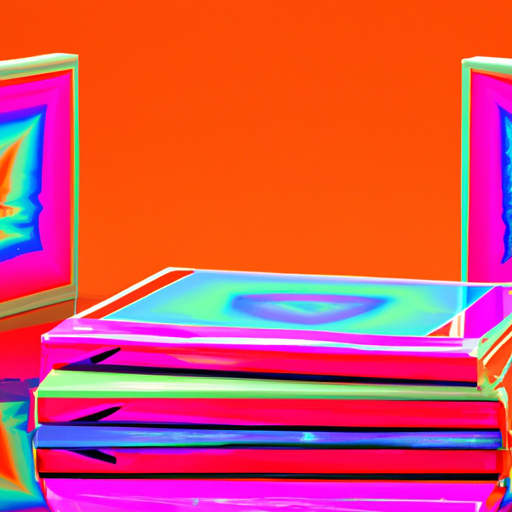
-
Table of Contents
Minimalist Packaging for a Cluttered World

In today’s consumer-driven society, packaging plays a significant role in our daily lives. From the moment we wake up and reach for our toothpaste to the time we unwind with a snack before bed, packaging surrounds us. However, the excessive and often unnecessary packaging has led to a cluttered world filled with waste. This is where minimalist packaging comes into play, offering a solution that is both aesthetically pleasing and environmentally friendly.
The Problem with Excessive Packaging
Excessive packaging has become a growing concern in recent years. Not only does it contribute to the global waste problem, but it also has a negative impact on the environment. Here are some key issues associated with excessive packaging:
- Waste generation: Excessive packaging leads to an increase in waste generation, filling up landfills and polluting our oceans.
- Resource depletion: The production of excessive packaging requires significant amounts of resources, including water, energy, and raw materials.
- Carbon footprint: The transportation and disposal of excessive packaging contribute to greenhouse gas emissions, exacerbating climate change.
- Consumer frustration: Excessive packaging often frustrates consumers who struggle to open or dispose of it properly.
The Rise of Minimalist Packaging
Minimalist packaging is a design approach that focuses on simplicity, functionality, and sustainability. It aims to reduce waste and create a clutter-free experience for consumers. Here are some reasons why minimalist packaging has gained popularity:
- Sustainability: Minimalist packaging uses fewer materials, reducing the environmental impact and promoting sustainability.
- Aesthetics: Minimalist packaging is visually appealing, with clean lines and simple designs that stand out on store shelves.
- Cost-effectiveness: Minimalist packaging often requires fewer materials and less complex manufacturing processes, resulting in cost savings for companies.
- User-friendly: Minimalist packaging is easy to open, use, and dispose of, enhancing the overall consumer experience.
Successful Examples of Minimalist Packaging
Several companies have embraced minimalist packaging and achieved success in the market. Let’s explore some notable examples:
Apple
Apple is renowned for its minimalist packaging design. Their sleek and simple packaging not only reflects the brand’s identity but also reduces waste. Apple’s packaging uses minimal materials, with a focus on recyclable and biodegradable options. By eliminating unnecessary elements, Apple creates a memorable unboxing experience for its customers.
Muji
Muji, a Japanese retail company, is known for its minimalist approach to packaging. Muji’s packaging is often plain and unadorned, emphasizing the product itself. By using recycled materials and reducing excess packaging, Muji promotes sustainability while maintaining a clean and modern aesthetic.
Lush
Lush, a cosmetics company, has embraced minimalist packaging as part of its commitment to sustainability. Lush’s products are often sold “naked,” without any packaging at all. For items that require packaging, Lush uses recycled and recyclable materials, encouraging customers to reduce waste and make eco-friendly choices.
The Benefits of Minimalist Packaging
Minimalist packaging offers numerous benefits for both businesses and consumers. Let’s explore some of these advantages:
- Reduced waste: Minimalist packaging reduces the amount of waste generated, contributing to a cleaner and more sustainable environment.
- Cost savings: By using fewer materials and simpler designs, companies can save on production and transportation costs.
- Brand differentiation: Minimalist packaging stands out among cluttered store shelves, helping companies differentiate their products and attract consumers.
- Enhanced user experience: Minimalist packaging is user-friendly, making it easier for consumers to open, use, and dispose of products.
- Positive brand image: Embracing minimalist packaging demonstrates a company’s commitment to sustainability and responsible business practices, enhancing its brand image.
The Future of Minimalist Packaging
As consumers become more conscious of their environmental impact, the demand for minimalist packaging is expected to grow. Companies are recognizing the importance of sustainable packaging and are actively seeking ways to reduce waste. Here are some trends that indicate the future of minimalist packaging:
- Biodegradable materials: Companies are exploring biodegradable materials, such as plant-based plastics and compostable packaging, to further reduce their environmental footprint.
- Refillable packaging: Refillable packaging allows consumers to reuse containers, reducing waste and promoting a circular economy.
- Smart packaging: Smart packaging incorporates technology to provide consumers with information about the product’s origin, ingredients, and sustainability credentials.
- Minimalist design innovations: Designers are continuously finding creative ways to reduce packaging while maintaining functionality and aesthetics.
Conclusion
Minimalist packaging offers a solution to the cluttered world we live in. By embracing simplicity, functionality, and sustainability, companies can reduce waste, enhance the consumer experience, and promote a cleaner environment. As consumers, we have the power to support companies that prioritize minimalist packaging and drive positive change. Together, we can create a future where packaging is both beautiful and responsible.
